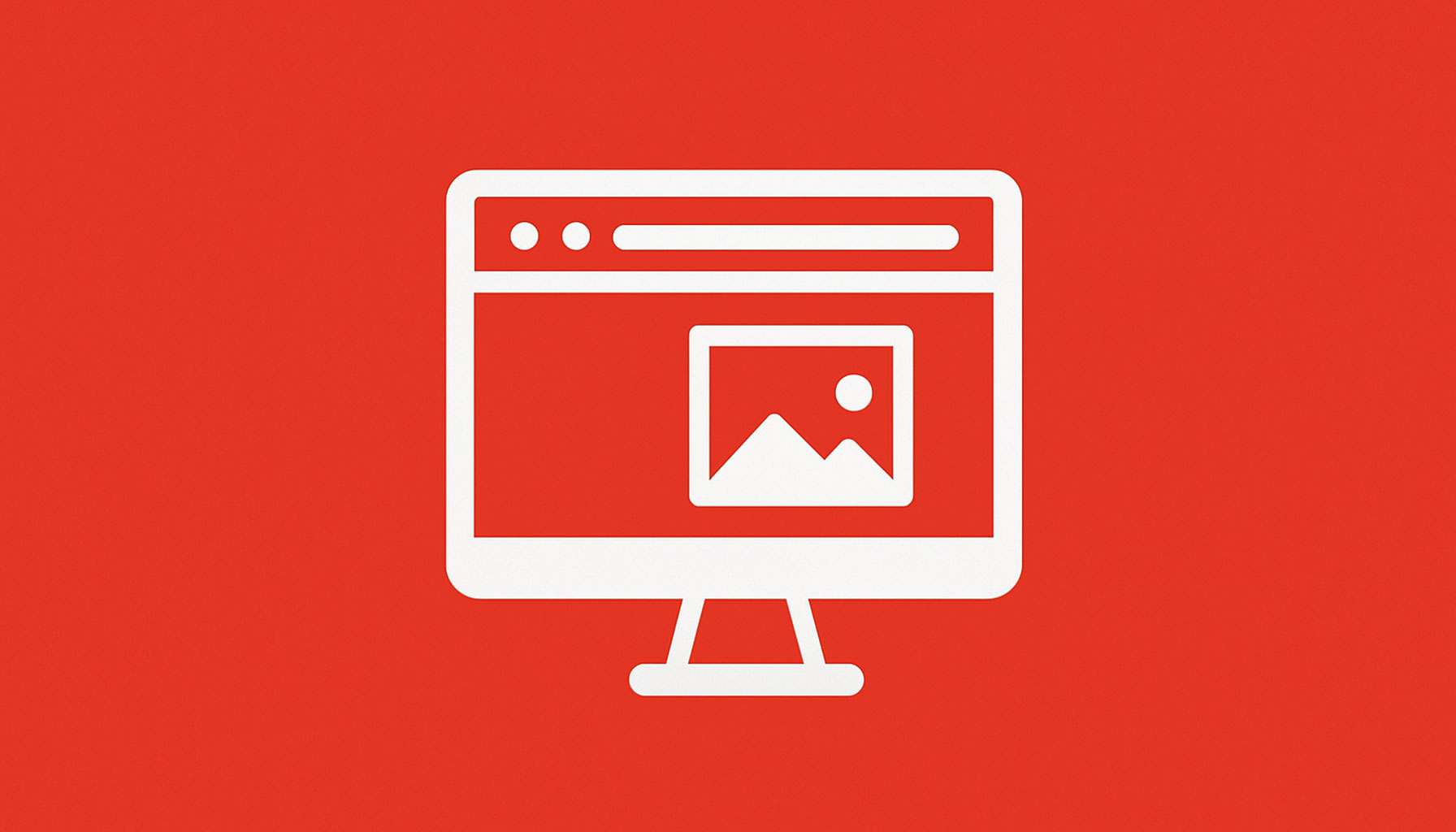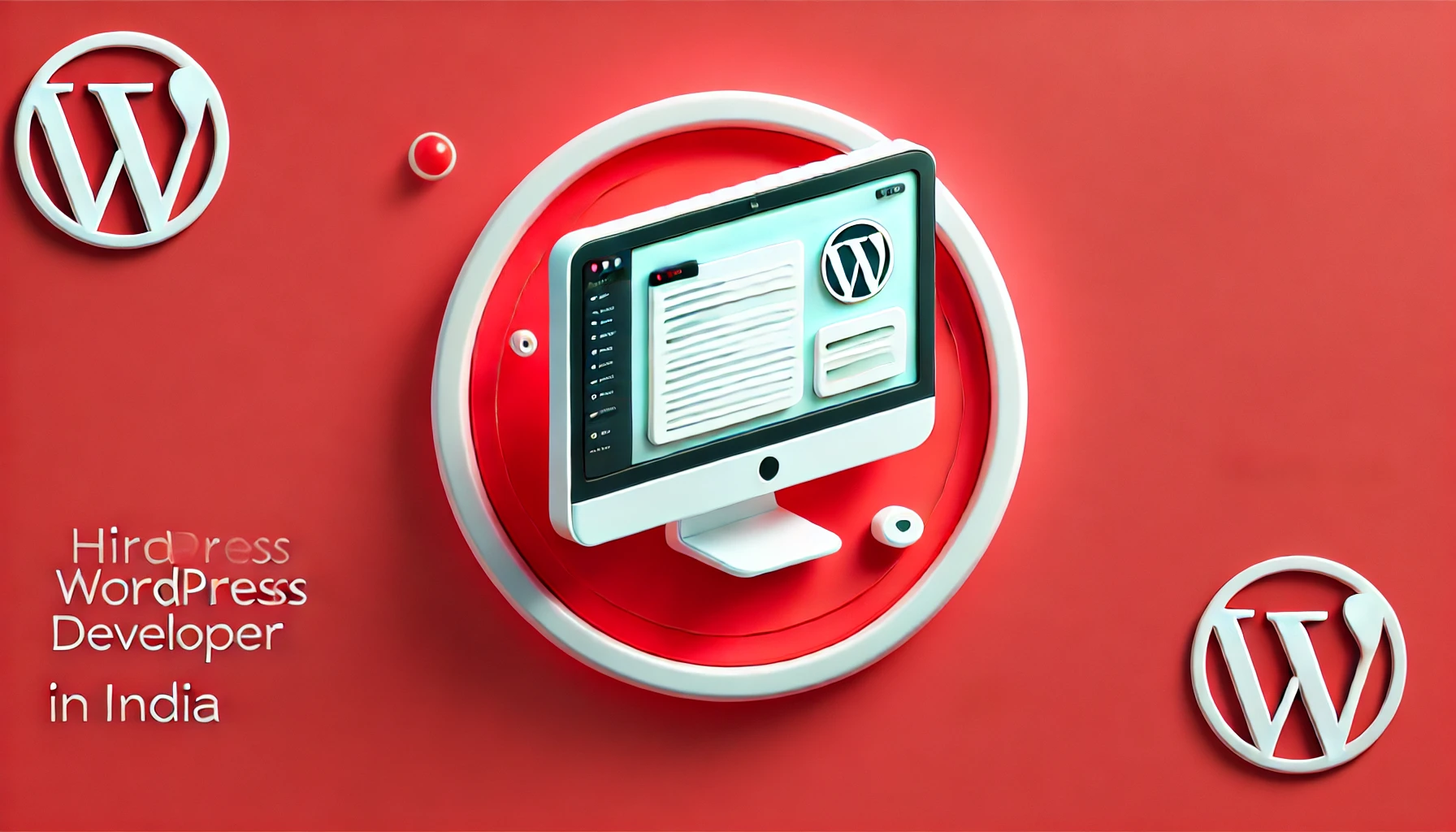A stunning design might be what catches your eye, but it’s seamless usability that keeps you engaged. Think about it—how many times have you landed on a breathtaking website, only to leave moments later because you couldn’t figure out how to navigate it? Or, on the flip side, stumbled upon a dull-looking site that worked perfectly but didn’t inspire you to stay?
Design and usability are like the dynamic duo of the digital world—inseparable and equally important. A visually appealing interface sparks curiosity, while an intuitive and frictionless experience transforms that curiosity into action. When businesses strike the perfect balance between these two forces, they don’t just create websites or apps—they craft unforgettable digital experiences that captivate users, drive engagement, and build brand loyalty.
In this article, we’ll dive deep into the powerful synergy of stunning design and seamless usability, exploring why they are the key to digital success and how you can master this essential combination.
The Role of Stunning Design
First impressions matter—especially in the digital world. When users land on a website or open an app, the first thing they register is its visual appeal. A well-designed interface isn’t just about looking good; it’s about creating an immediate connection and setting the tone for a seamless experience.
A great design doesn’t just sit there looking pretty—it works actively to engage and retain users. Here’s how:
- Captures attention instantly – Studies show users form an opinion about a website in just 50 milliseconds. If the design is captivating, they’ll stay to explore; if not, they’ll bounce.
- Strengthens brand identity – Consistency in colors, typography, and imagery builds a recognizable and memorable brand presence, making users feel at home every time they visit.
- Elicits emotional responses – Design is more than just pixels; it’s an experience. Colors, shapes, and layouts evoke emotions, whether it’s trust, excitement, or curiosity, influencing how users interact with a product.
- Encourages engagement – Visually striking elements guide users through content, subtly nudging them to click, scroll, and interact without feeling forced.
But here’s the catch—stunning visuals alone won’t cut it. A gorgeous interface that’s difficult to use is like a sports car with no engine—looks fantastic, but gets you nowhere. That’s where usability comes in, ensuring that beauty and function work together in harmony.
The Importance of Seamless Usability
Imagine walking into a beautifully designed store, only to find that the aisles are confusing, the signs are unclear, and the checkout process is a nightmare. No matter how stunning the store looks, you’d probably walk out in frustration. The same principle applies to digital experiences—usability is the backbone that makes everything function smoothly.
A truly user-friendly design ensures that people can navigate effortlessly, interact seamlessly, and complete their desired actions without friction. Here’s what makes usability so essential:
- Intuitive navigation – Users should always know where to go next. Menus, buttons, and links should be logically placed and easy to find, guiding users naturally through the experience.
- Clear call-to-action (CTA) – Whether it’s a “Buy Now” button, a contact form, or a sign-up prompt, CTAs should be visible, compelling, and effortless to engage with.
- Responsive design – A website or app must adapt flawlessly to different devices, from desktops to smartphones, ensuring a smooth experience no matter where users access it.
- Fast load times – In a world where every second counts, slow-loading pages can lead to user frustration and higher bounce rates. Speed optimization is critical for both usability and search rankings.
- Accessibility considerations – The best digital experiences are inclusive. Ensuring usability for individuals with disabilities—such as offering text alternatives for images and keyboard navigation—makes a platform accessible to a wider audience.
When usability is prioritized, users feel at ease, engagement increases, and frustration is minimized. A seamless experience not only retains visitors but also turns them into loyal customers who return time and again. After all, a digital product should not only look amazing but also work effortlessly, creating an experience that feels as smooth as it looks.
Finding the Balance: The Perfect Blend of Design and Usability
Striking the right balance between aesthetics and usability is both an art and a science. A visually stunning interface should never come at the cost of functionality, just as a highly usable product should never feel uninspired. So, how do designers and developers achieve this perfect blend? Here are some essential strategies:
- User-Centered Design Approach
The foundation of great design isn’t just creativity—it’s understanding the users. Conducting thorough research, building user personas, and continuously gathering feedback ensure that design decisions are based on real needs rather than mere aesthetics. By stepping into the users’ shoes, designers can craft experiences that are both beautiful and highly functional. - Simplicity Over Complexity
Less is often more. A cluttered interface can overwhelm users, making navigation confusing and frustrating. Minimalist designs that embrace ample white space, clear typography, and strategically placed elements enhance readability and create a more enjoyable experience. Simplicity isn’t about removing features—it’s about refining them to enhance usability. - Visual Hierarchy and Readability
A well-structured design naturally guides users through content. By leveraging size, contrast, and placement, designers can direct attention to the most important elements—whether it’s a call-to-action, a key message, or a navigation menu. When elements are organized with purpose, users can absorb information effortlessly. - Consistent and Familiar Patterns
Users rely on intuition when navigating digital products. Sticking to familiar patterns—such as a top navigation bar, a recognizable search icon, or a standard placement for logos—reduces cognitive load and makes interactions feel intuitive. While innovation is valuable, consistency ensures users don’t have to relearn how to interact with a product. - Testing and Iteration
The key to a flawless digital experience is continuous improvement. A/B testing, usability testing, and tools like heatmaps provide insights into user behavior, highlighting pain points and opportunities for optimization. By analyzing real-world interactions, designers can fine-tune both aesthetics and usability to create an experience that truly resonates with users.
Finding the right balance between web design and usability isn’t about choosing one over the other—it’s about blending them seamlessly. When aesthetics and functionality work in harmony, digital products don’t just look good; they feel intuitive, perform efficiently, and leave a lasting impact on users.
The Business Benefits of Combining Design and Usability
When design and usability work hand in hand, businesses don’t just create great digital experiences—they gain a competitive edge. Here’s how:
- Higher engagement rates – A visually appealing and easy-to-use platform keeps users interested and encourages them to explore further.
- Improved conversion rates – Frictionless navigation and well-placed, persuasive CTAs make it easier for users to take desired actions, such as making a purchase or signing up.
- Stronger brand credibility – A sleek, intuitive, and professional design fosters trust, making users feel confident in the brand’s reliability and expertise.
- Enhanced SEO performance – Google favors websites with strong usability, fast load times, and mobile responsiveness, boosting search rankings and visibility.
- Lower bounce rates – When a website is both visually engaging and effortless to use, visitors are more likely to stay, explore, and convert instead of leaving out of frustration.
By combining stunning design with seamless usability, businesses create experiences that not only attract users but keep them coming back—ultimately driving long-term success.
Conclusion
Stunning web design and seamless usability are not mutually exclusive—they are a power duo that transforms digital experiences. By prioritizing both aesthetics and functionality, businesses can create products that captivate users while ensuring effortless interaction. Whether designing a website, mobile app, or digital platform, the synergy between these two elements is key to long-term success in an increasingly competitive online world.





